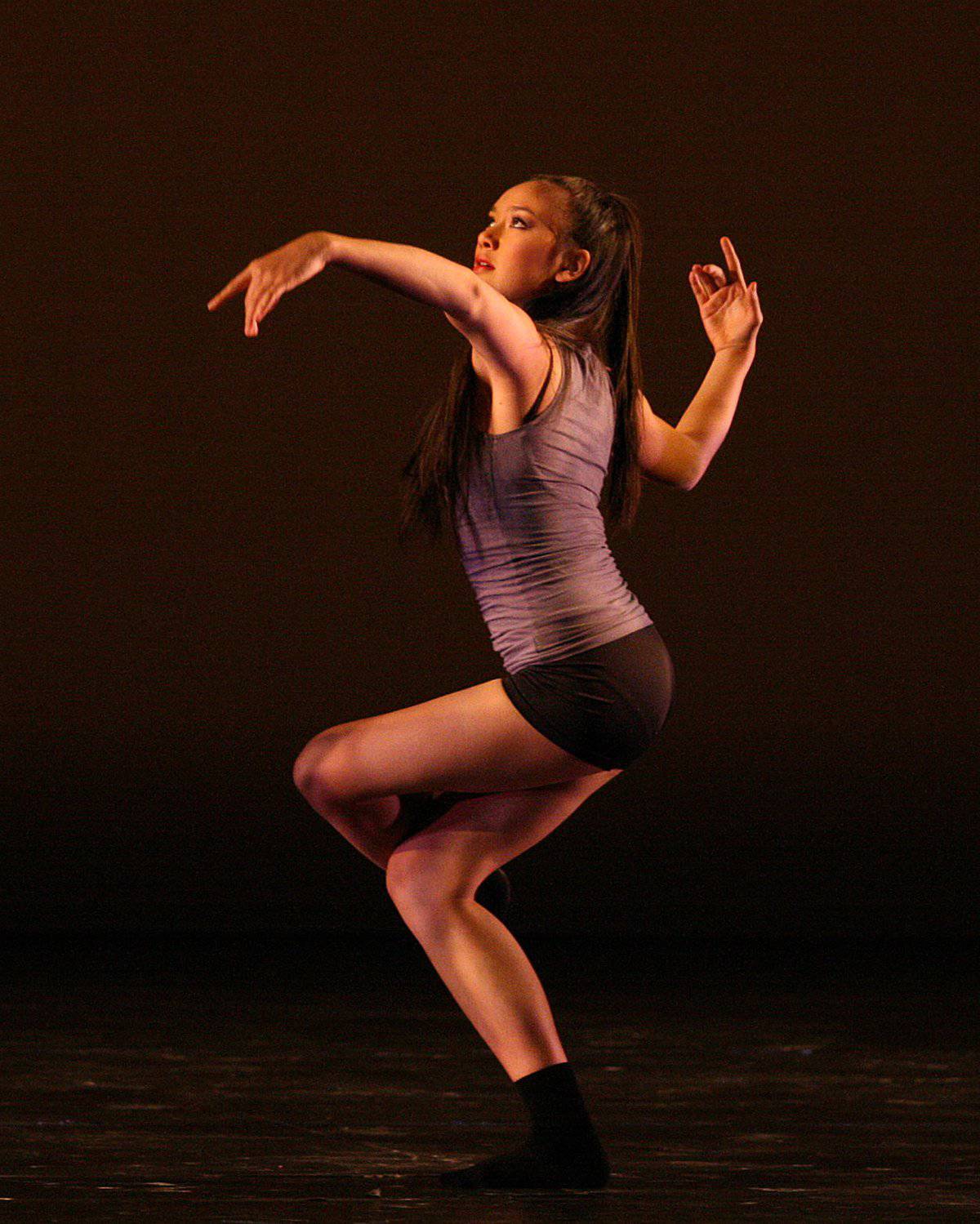Unveiling the Art of Movement: Defining Contemporary Dance for Parents
Hello enthusiastic parents! Are you ready to dive into the vibrant universe of contemporary dance? Whether you’re nurturing a tiny dancer at home or simply want to broaden your cultural horizons, this beginner’s guide is crafted just for you. Let’s twirl into the mesmerizing realm where creativity knows no bounds, and every motion tells a story.
What Is Contemporary Dance?
Contemporary dance is a beautiful mosaic of expressive movement, combining elements of various dance forms. It is an art that paints feelings and stories through the body, offering your child an exquisite canvas for emotional and physical expression. Embarking on a contemporary dance adventure means saying ‘yes’ to imagination, innovation, and freedom in dance.
The Origins of Contemporary Dance
The roots of contemporary dance stretch back to the early 20th century, with dance pioneers who began to rebel against the rigidity of classical ballet. They wanted to create an art form that was free from the constraints of traditional techniques, and thus, contemporary dance was born – a dance truly of its time, speaking to the audience in a language they could feel and understand.
Key Characteristics of Contemporary Dance
But what exactly makes dance “contemporary”? Here’s a quick rundown of its defining features:
- Emotional Expression: Contemporary dance often serves as an outlet for dancers to convey complex emotions and share profound narratives. It goes beyond the aesthetics of movement to touch the hearts of the audience.
- Fluidity and Versatility: Unlike ballet which emphasizes pointed feet and structured positions, contemporary dance celebrates fluid and natural movements. It often blends techniques from ballet, jazz, modern, and even hip-hop.
- Grounded Movements: Another characteristic is the use of gravity. While ballet dancers seem to defy gravity, contemporary dancers often work with it, using the floor for support and resistance, allowing for creative explorations of levels.
- Unconventional Choreography: The choreography in contemporary dance can often be unconventional, breaking away from structured forms to explore original and unique movements that reflect the choreographer’s vision and intent.
- Improvisation: This dance form often includes improvisation, where dancers are encouraged to move spontaneously, creating a personal connection with the music and theme.
Contemporary dance is not just about the technicalities; it’s about storytelling and conveying a message without words. It’s about giving your child—the dancer—a voice through their dance.
Why Should Your Child Learn Contemporary Dance?
As your little one embarks on the contemporary dance journey, they reap numerous benefits:
- Boosts Creativity: Contemporary dance thrives on creativity. It encourages children to think outside the box and express themselves inventively.
- Enhances Physical Fitness: Dance is a full-body workout! It increases flexibility, strength, balance, coordination, and overall physical health.
- Emotional Development: Dance provides an emotional outlet. It helps children understand and express their feelings more effectively, fostering emotional intelligence.
- Increases Confidence: Mastering movements and performing can significantly boost a child’s self-esteem and confidence.
- Social Interaction: Dance classes offer the opportunity for kids to interact with peers, make friends, and learn the values of teamwork and camaraderie.
So, if you’re pondering if contemporary dance is the right path for your child, remember that this form of dance opens up a world of possibilities, helping mold a well-rounded individual who is not only artistically inclined but also physically and emotionally resilient.
Stay tuned for more insights as we continue to explore the dynamic and magical world of contemporary dance! And remember, every journey begins with a single step—whether it’s a pirouette, a leap, or a slide into a brand-new experience.
Embarking on this journey will not only bring joy to your child but also create lifelong memories filled with music, motion, and cheer. As we Arabesque further into this guide, you’ll discover just how engaging, beneficial, and truly enchanting contemporary dance can be for your child. Let the dance speak where words fail, and watch your child’s confidence soar as high as their grand jeté!

5 Things Parents Should Know in Preparing for Their Child’s Contemporary Dance Journey
As parents, ensuring that your child enjoys and gains the most from their dance experience is vital. Here are five essential things to know:
1. Choosing the Right Dance School and Instructor
Finding the perfect environment for your child’s dance education is crucial. Look for a school with qualified instructors who are experienced in teaching contemporary dance to children. Research their philosophy and pedagogical approach, and consider the class sizes to ensure personalized attention.
2. Understanding Dance Attire and Equipment
Contemporary dance typically requires specific attire to allow for unrestricted movement. Leotards, tights, or form-fitting clothing are standard. As for footwear, bare feet, dance paws, or soft ballet shoes are often used. Dance schools may have their preferences, so check before investing in any gear.
3. Supporting Practice at Home
While structured classes are essential, practice at home reinforces what’s learned and allows for creative exploration. Create a safe space for your child to dance freely—keeping in mind the need for ample space and a suitable floor surface.
4. Nurturing the Psychological Aspects of Dance
Dance can sometimes be challenging, so providing emotional support is key. Encourage your child through difficulties, celebrate their achievements, and promote a healthy mindset towards their dance practice.
5. Being Involved Without Overstepping
Your involvement in your child’s dance journey can be supportive and motivating. However, it’s essential to allow them ownership of their experience. Offering encouragement and showing interest without pushing too hard creates a positive and nurturing environment.
With these insights, you’re now better equipped to support your child as they leap with grace into the mesmerizing world of contemporary dance. May the rhythm and flow of the dance floor inspire both you and your little dancer to new heights of joy and creativity!
Embarking on the Adventure: A Summary for Busy Parents
If you’re a parent on the go, here’s a quick summary of what you need to know about contemporary dance:
- Contemporary dance is a fusion of various styles, emphasizing freedom and expression.
- It originated in the early 20th century as a response to the restrictions of classical ballet.
- Learning contemporary dance nurtures creativity, physical fitness, emotional intelligence, confidence, and social skills.
- When preparing for your child’s dance journey, consider the dance school, attire, home practice, emotional support, and your level of involvement.
- Embrace your child’s dance journey as a transformative experience that will enrich their lives and your family’s.
Parents, you now have the map to navigate the vibrant landscape of contemporary dance. As you watch your child develop their moves, remember: each step on this dance floor is a step towards growing a marvelous mover and a wonderful, well-rounded person. Let the joy of contemporary dance take center stage in your child’s life!
See more great Things to Do with Kids in New Zealand here. For more information see here
Disclaimer
The articles available via our website provide general information only and we strongly urge readers to exercise caution and conduct their own thorough research and fact-checking. The information presented should not be taken as absolute truth, and, to the maximum extent permitted by law, we will not be held liable for any inaccuracies or errors in the content. It is essential for individuals to independently verify and validate the information before making any decisions or taking any actions based on the articles.




